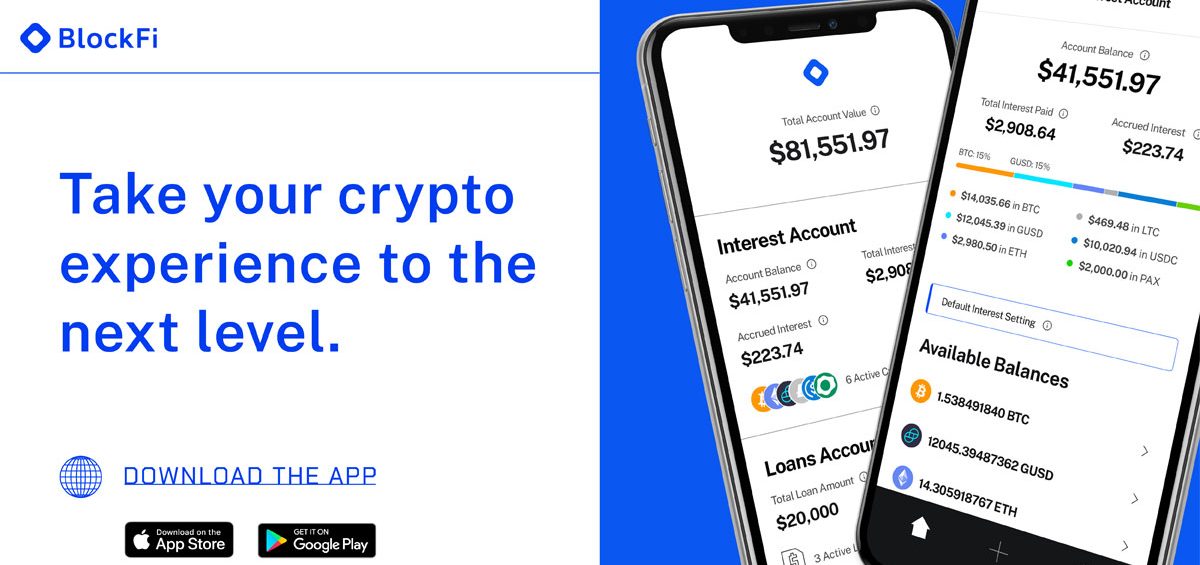

BlockFi was once a prominent player in the cryptocurrency lending space, offering users the ability to earn interest on their crypto holdings, borrow against them, and trade various digital assets. Founded in 2017 by Zac Prince and Flori Marquez, the company quickly gained traction among crypto enthusiasts looking for ways to generate passive income from their investments. At its peak, BlockFi managed billions in assets and served hundreds of thousands of customers worldwide. However, like many crypto firms, it faced significant challenges during the 2022 market crash, ultimately leading to its bankruptcy filing.
In its operational days, accessing your BlockFi account was straightforward. Users would visit the official website at blockfi.com and click on the "Login" button prominently displayed on the homepage. The login process required entering your registered email address and password. For added security, BlockFi implemented two-factor authentication (2FA), which could be set up using authenticator apps like Google Authenticator or via SMS. Once logged in, users could view their portfolio balances, interest earnings, transaction history, and initiate withdrawals or deposits.
BlockFi also offered a mobile app for iOS and Android devices, providing on-the-go access to accounts. The app's login mirrored the web version, with biometric options like fingerprint or face ID for quicker entry. Security was a top priority; the platform used advanced encryption and cold storage for assets, giving users peace of mind.
The crypto winter of 2022 hit BlockFi hard. The collapse of major players like Terra/Luna and Three Arrows Capital created a domino effect. BlockFi had exposure to these entities, leading to significant losses. In June 2022, the company laid off 20% of its workforce and received a $400 million credit line from FTX to stabilize operations. However, FTX's own implosion in November 2022 exacerbated BlockFi's woes.
On November 28, 2022, BlockFi filed for Chapter 11 bankruptcy protection in the U.S. Bankruptcy Court for the District of New Jersey. The filing revealed $257 million in cash on hand but billions in liabilities to creditors and customers. Customer funds were frozen, preventing logins and withdrawals. This left many users in limbo, anxiously awaiting updates on their assets.
During the bankruptcy proceedings, BlockFi halted all platform activities, including logins. The website was updated with notices directing users to the restructuring page managed by Kroll Restructuring Administration. Attempts to login would redirect to information about the bankruptcy process rather than account access.
The bankruptcy plan was confirmed on October 3, 2023, and became effective on October 24, 2023. As part of the restructuring, BlockFi began the process of distributing assets to creditors. However, the original platform was not revived. Instead, distributions are being handled through partners like Coinbase for eligible retail creditors.
As of 2025, the BlockFi web platform has been fully shut down since May 31, 2024. There is no active BlockFi login portal for the original services. Former customers seeking information about their claims or distributions must visit the official restructuring website at restructuring.ra.kroll.com/blockfi/. This site provides a portal for creditors to check their scheduled claims and wallet account information.
For those eligible for distributions, Coinbase has been appointed as a distribution partner. Users need to have or create a Coinbase account to receive their crypto assets. Deadlines for selecting payment methods and completing necessary steps have been extended, with key dates like August 31, 2025, for payment method selection and October 10, 2025, for claim inclusion.
In the wake of BlockFi's bankruptcy, scammers have capitalized on the confusion. Numerous fake websites and phishing emails purporting to be from BlockFi have emerged, promising account access or fund recovery. Sites like block-fi-logi-n-auth.mypixieset.com/ are suspicious and should be avoided. Always verify URLs and never enter login credentials on untrusted sites.
Official communications come only from verified sources like the Kroll restructuring page or BlockFi's official X (formerly Twitter) account, which has announced the platform shutdown. If you receive unsolicited messages asking for personal information or login details, report them immediately.
If you had funds on BlockFi, first visit the Kroll portal to locate your claim information. You'll need your account details or claim number. Once verified, follow instructions for distributions. For crypto payouts via Coinbase, ensure your account is set up and KYC-compliant.
If you've missed deadlines, check for extensions or contact the restructuring team. Legal action against Kroll has been discussed in forums like Reddit's r/blockfi, but consult a professional for advice.
BlockFi's story is a cautionary tale in the volatile crypto industry. It highlights the risks of centralized lending platforms and the importance of diversification. While the company is no longer operational, its impact on crypto finance remains. Many users learned valuable lessons about security, due diligence, and the need for regulatory oversight.
Looking forward, the distributions in 2025 offer some closure to affected parties. As the crypto market evolves, new platforms have emerged, but with BlockFi's lessons in mind, users are more vigilant.
In summary, there is no current BlockFi login for trading or lending. Focus on the restructuring process for any claims. Stay informed through official channels and protect yourself from scams. The crypto world moves fast, but patience and caution are key to navigating its challenges.